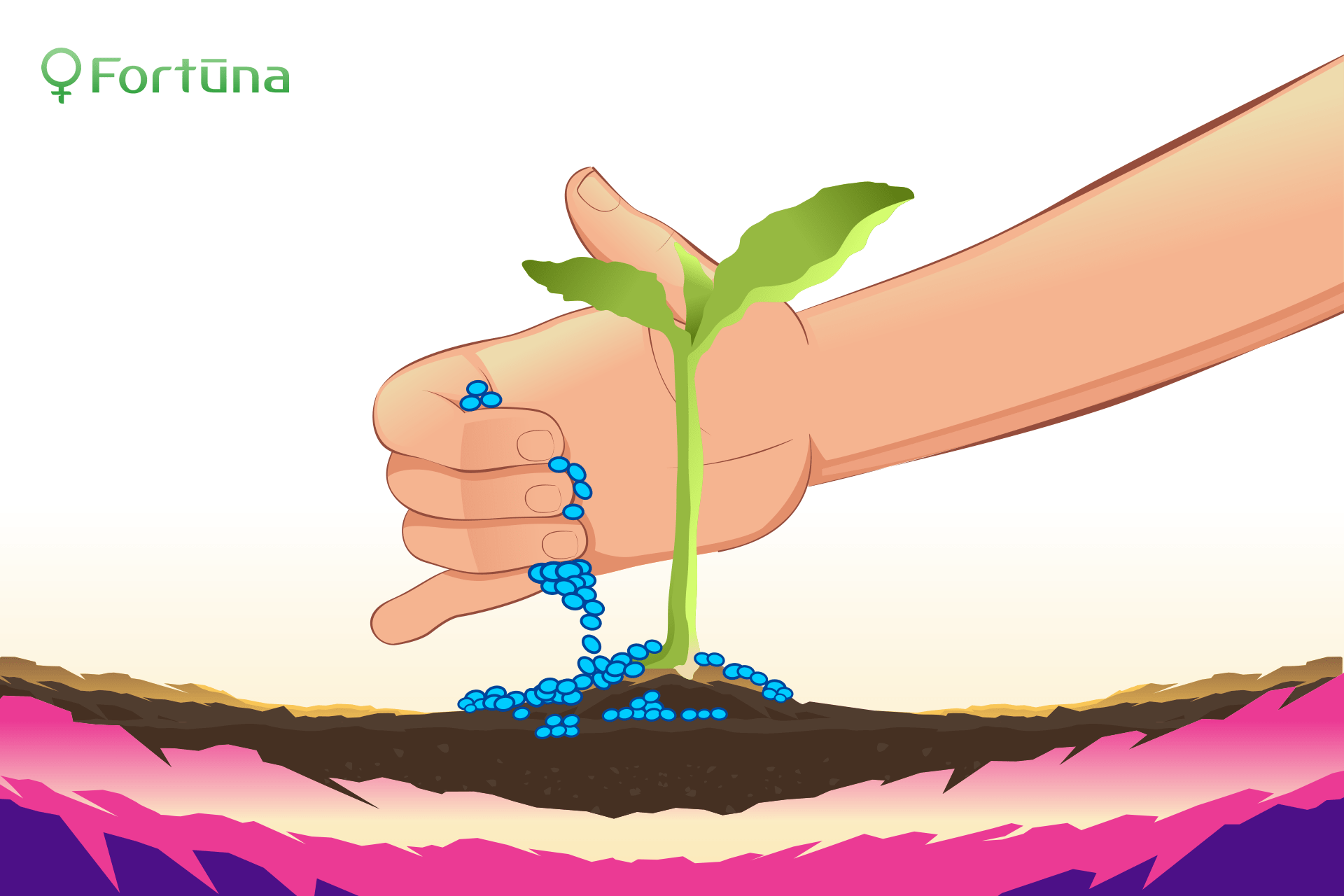
- Guides
-
by gu
Hemp fertilizer is one of the most crucial elements of growing a successful CBD hemp crop (aside from procuring quality feminized hemp seeds, that is). However, growing healthy hemp requires more than applying standard 3-3-3 fertilizer solutions. Today, we’ll discuss what nutrients hemp fertilizer should include and why they are so essential for healthy hemp growth.
Understanding Hemp Fertilizer Nutrients
Plants require 16 different elements to grow. Plants pull three of them (carbon, hydrogen, and oxygen) from the air and the rest from the soil. Six of the remaining 13 elements are “macronutrients” because plants require them in high amounts. These macro (or large-scale) nutrients are the most essential elements to plant development because they support over-all plant development.
Though macronutrients are vital during each stage of hemp plant development, the levels at which plants require micronutrients vary by growth stage. For example, whereas plants consume more nitrogen during their vegetative growth stage, abundant nitrogen during flower can slow bud development.
Conversely, hemp crops need micronutrients in only small amounts – often less than a pound per acre. Though most soils contain sufficient levels of micronutrients, sandy soils or those with relatively little organic matter may have a micronutrient deficiency. Plants with deficient micronutrient levels will grow poorly regardless of other hemp fertilizer nutrients.
Macronutrients in Hemp Fertilizer
The six macronutrients necessary for hemp growth fall into one of two sub-categories: primary and secondary. Primary macronutrients are nitrogen (N), phosphorus (P), and potassium (K), and are all readily available in standard fertilizers. All-in-one fertilizer solutions list these nutrients in order (NPK) using numbers to represent the relative concentrations of each.
- Nitrogen: Nitrogen plays an essential role in photosynthesis, the formation of chlorophyll, and the promotion of cell growth. Without it, plants lack vigor and color. Nitrogen deficiency is evident by slowed growth and discoloration beginning at the base of the plant.
- Phosphorus: Phosphorus stimulates both root growth and bud development. It also helps transport energy and improves resilience to stress. Phosphorus deficiencies result in browning leaves and stunted flower development.
- Potassium: Potassium helps regulate water and the transportation of reserved substances. It also helps improve photosynthesis, strengthens endurance, and stimulates flower production. Insufficient potassium may reduce resilience to stress and increase susceptibility to infection.
Secondary Macronutrients for Fertilizing Hemp
Secondary macronutrients are also vital and include sulfur, magnesium, and calcium. Plants consume smaller quantities of secondary macronutrients and may even find sufficient levels in the soil in which they grow. It is essential to monitor plants for nutrient deficiencies and supplement the soil as needed.
- Sulfur: Sulfur helps plants metabolize nitrogen, thus improving its efficiency. It also helps improve general plant defenses and aids in the development of chlorophyll. Though rare, sulfur deficiency causes plants to turn pale and may display characteristics of nitrogen deficiency, as well.
- Magnesium: Magnesium is an enzyme activator (more so than any other nutrient). It promotes the absorption and transportation of phosphorus and contributes to plant sugar storage. Insufficient magnesium levels may result in weakened stalks, reduced vigor, and over-all plant discoloration.
- Calcium: Calcium helps stabilize cell walls to promote healthy cell formation. It also helps retain minerals in the soil and transport them throughout plant tissue as needed. Additionally, calcium helps neutralize toxic substances and stabilize plant development. Visual signs of calcium deficiency plants include yellow and brown spots on leaves and stunted growth.
Micronutrients to Add to your Fertilizing Regimine
Plants consume micronutrients in relatively small amounts. However, they are still necessary for healthy growth and may require supplementation, especially in fields that have operated for many seasons.
- Boron: Boron aids in cell division, amino acid production, and sugar transportation. Plants deficient in boron will experience leaf deformities and discoloration, and potential plant death.
- Chlorine: Chlorine controls the opening and closing of stomata, or pores in plant surfaces. In doing, it controls the passing of gasses like oxygen and carbon dioxide to maintain firm, healthy growth. Chlorine deficiencies are rare and may include stubby roots, dulled colors in new growth, and wilting leaves.
- Copper: Copper activates plant enzymes and aids in photosynthesis, plant respiration, and plant metabolism. Plants with a copper deficiency may see pale, deformed new growth and browning of leaf tips.
- Iron: Iron is crucial for all living things for its role in metabolic processes. For example, it contributes to DNA synthesis, photosynthesis, and respiration. The most common visual sign of an iron deficiency in plants is a yellowing of plant leaves between the veins of new growth.
- Manganese: Manganese contributes to many biological processes. It helps metabolize nitrogen, promotes photosynthesis, and aids in respiration. Additionally, manganese plays a valuable role in the development of pollen root growth. Much like iron deficiencies, manganese deficiency in plants is evident by the yellowing of leaves between the veins of new growth.
- Molybdenum: Molybdenum converts nitrate into nitrite (a toxic form of nitrogen) then into ammonia so it can synthesize the plant’s amino acids efficiently. Molybdenum deficiency symptoms resemble signs of nitrogen deficiency due to its role in nitrogen metabolism.
- Zinc: Zinc activates the enzymes responsible for the formation of chlorophyll and some carbohydrates. It is the most commonly deficient micronutrient expressed by new growth discoloration and deformed (cupped) leaves.
Final Thoughts About Hemp Fertilizer
All living things require proper nutrition to thrive. Hemp plants are no different, though their nutrient requirements vary by growth stage. Understanding what goes into hemp fertilizers is an important way to monitor the health of your hemp plants, and an easy way to improve your final output come harvest season.
Contact us to learn more about hemp farming and place your feminized hemp seeds order with us today.

